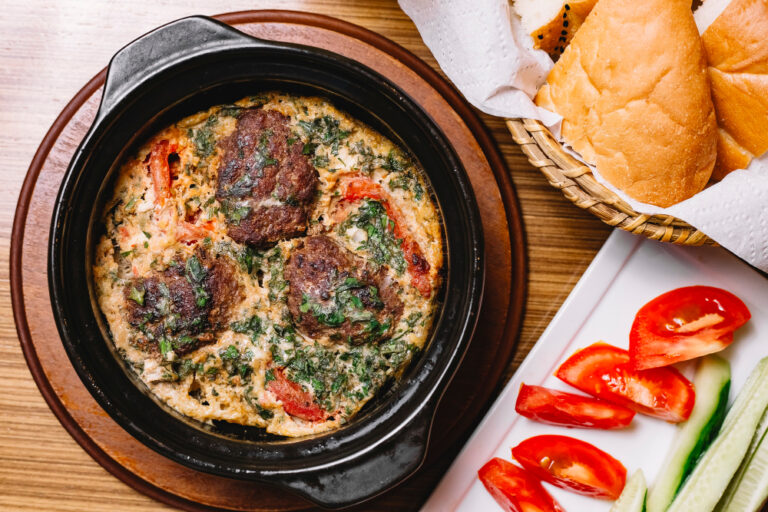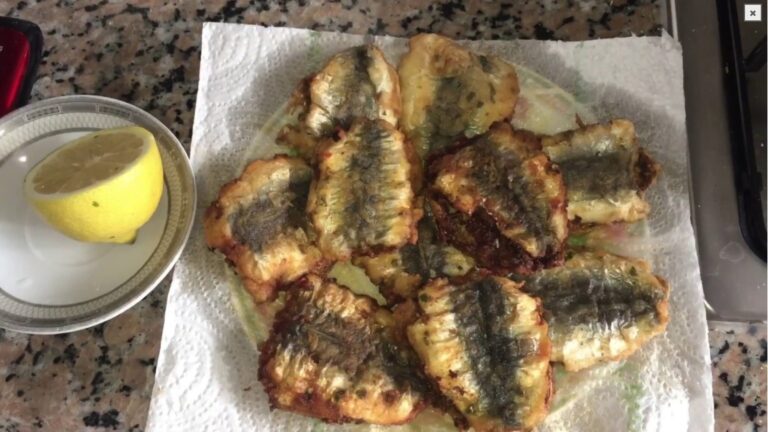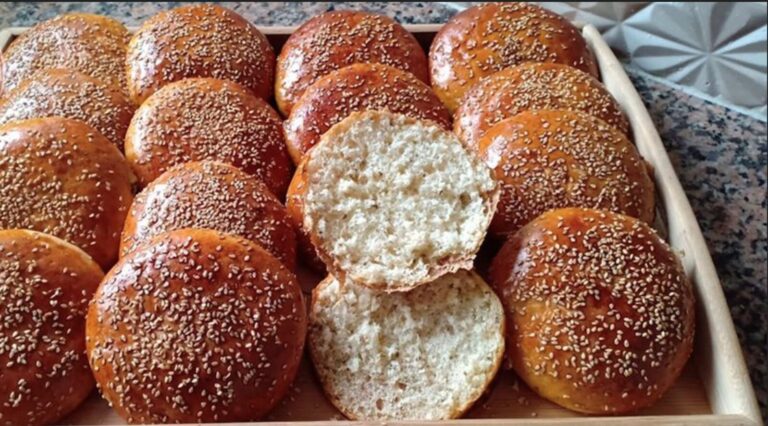
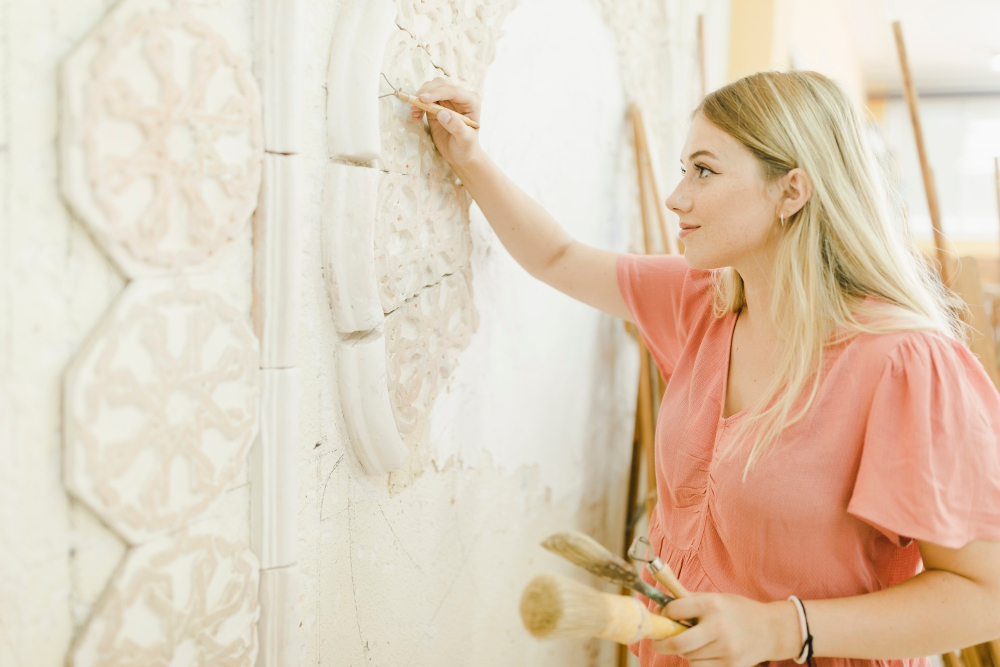
Among Morocco’s most breathtaking artistic traditions, one stands out for its elegance and timeless beauty — the art of Moroccan plaster carving. Known locally as “Nakch al-Jibs,” this craft transforms plain white plaster into stunning geometric and floral masterpieces that decorate mosques, riads, palaces, and fountains.
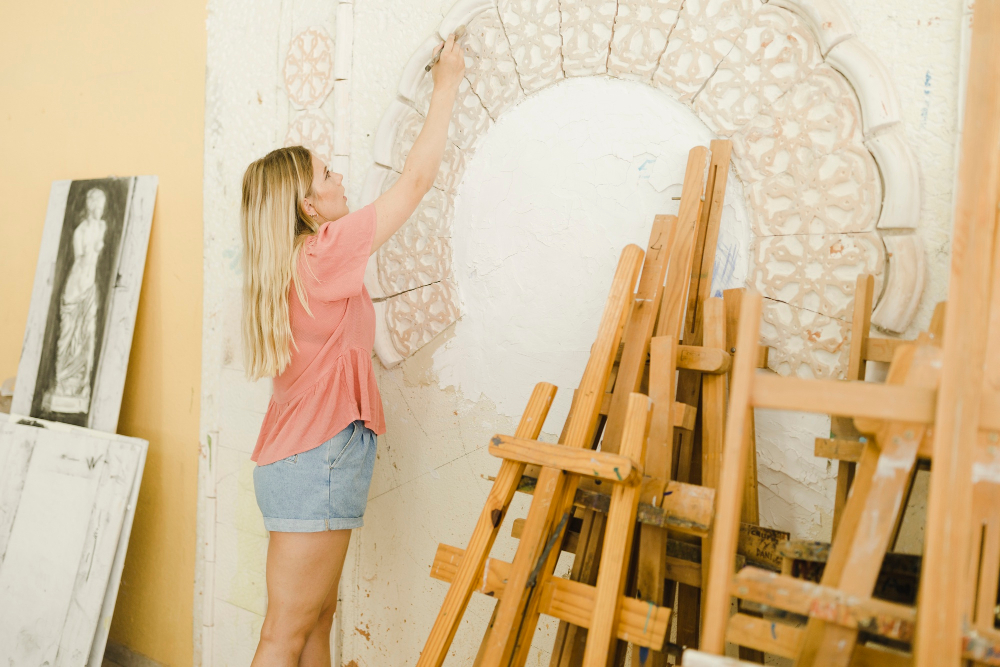
In every swirl, curve, and pattern lies a deep story — one of devotion, patience, and mastery. From the royal palaces of Marrakech to the ancient medinas of Fes, this art form reflects Morocco’s soul: refined, spiritual, and endlessly creative.
Step into the world of Moroccan plaster carving, where artisans turn humble gypsum into poetry on walls, ceilings, and arches.
The Origins and Beauty of Moroccan Plaster Carving
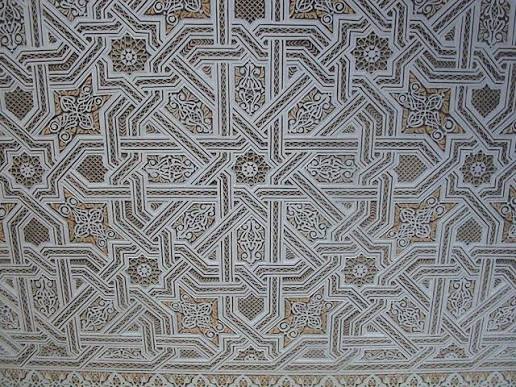
A Legacy of Islamic Art and Architecture
The art of Moroccan plaster carving dates back to the Almoravid and Almohad dynasties, when Islamic architecture flourished across North Africa. Inspired by Andalusian and Arab influences, Moroccan craftsmen developed their own style — distinguished by mathematical precision and flowing organic motifs.
In Islamic culture, art often avoids human or animal forms, focusing instead on geometric designs and Arabic calligraphy, symbolizing the infinite nature of creation. This philosophy guided Moroccan plaster artists for centuries, making their work both spiritual and decorative.
You can see stunning examples of plaster carving in historical sites such as:
- The Al-Qarawiyyin Mosque in Fes, one of the world’s oldest universities.
- The Alhambra in nearby Granada, Spain — a masterpiece that shares Morocco’s Andalusian artistic roots.
The Material: From Earth to Art
Plaster, or jibs, is made from gypsum found in Morocco’s soil. The process begins by grinding the gypsum, mixing it with water, and applying it in layers. Once it sets slightly, skilled artisans carve it using small metal chisels, knives, and wooden tools.
Every stroke must be precise — too much pressure can crack the plaster; too little, and the design won’t stand out. The result? A delicate lace-like texture that seems to glow in the Moroccan sunlight.
Where to See the Art of Moroccan Plaster Carving
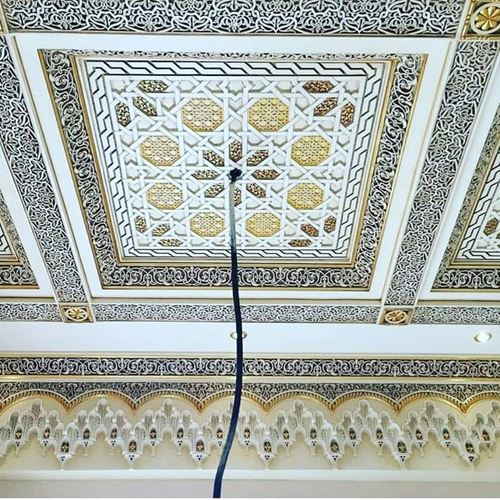
Marrakech – The Red City’s White Art
In Marrakech, the contrast between red walls and white plasterwork is striking. Visit the Bahia Palace, where ceilings and arches bloom with carved patterns, or the Ben Youssef Madrasa, one of the finest examples of Moroccan artistry.
Walking through these halls feels like stepping into a world where geometry becomes language — every curve a verse, every detail a prayer.
Fes – The Spiritual Heart of Moroccan Craftsmanship
Fes, Morocco’s spiritual and artistic capital, is where plaster carving truly thrives. Artisans in the medina still use traditional techniques passed down from generation to generation. Visitors can observe the process at Dar Batha Museum or admire the finished works inside mosques, madrasas, and riads.
The Bou Inania Madrasa in Fes is especially famous for its perfect combination of plaster, wood, and zellij tilework — a trio that defines Moroccan architecture.
Meknes and Rabat – Hidden Gems of Carved Beauty
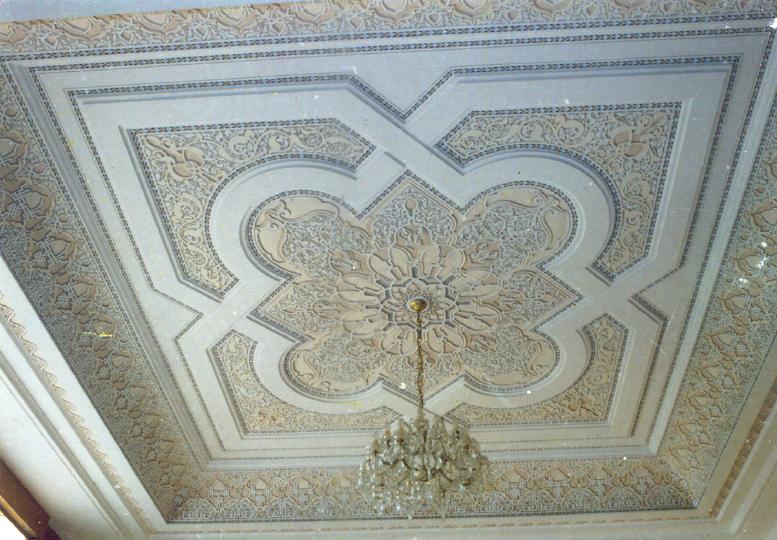
In Meknes, the Moulay Ismail Mausoleum displays elegant plaster panels with floral and Quranic motifs, while in Rabat, the capital city, the Kasbah of the Udayas and royal palaces showcase a more modern interpretation of traditional plaster designs.
These cities may be quieter than Marrakech or Fes, but they offer travelers the chance to explore Moroccan plaster art in peaceful, less crowded settings.
Experiencing the Craft: Workshops and Encounters
Many visitors to Morocco are drawn to hands-on cultural experiences — and plaster carving is no exception.
Join a Plaster Carving Workshop
In cities like Marrakech and Fes, art schools and heritage centers offer short workshops where tourists can try carving patterns on small plaster tiles. Guided by a maalem (master craftsman), you’ll learn how to trace, cut, and polish your own geometric designs.
Visit Artisan Cooperatives
Several artisan cooperatives in Fes and Marrakech allow visitors to watch plaster carvers at work. You’ll see how they sketch intricate motifs by hand, then bring them to life with slow, rhythmic movements. Each piece can take days or even weeks to finish — a living proof of Morocco’s devotion to artistic excellence.
Cultural Insights and Travel Tips
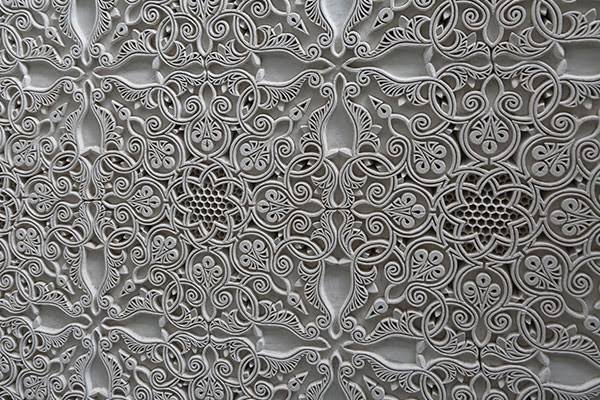
Symbolism in Design
Every design in Moroccan plaster carving carries meaning. The repeating geometric forms symbolize eternity and divine unity, while arabesques and floral motifs represent paradise and growth.
Respect for Tradition
Many artisans inherit their skills from their ancestors and consider their craft a sacred duty. When visiting workshops or photographing their work, always ask for permission — it shows respect for their art and privacy.
Best Time to Explore
Morocco’s architecture can be appreciated year-round, but the spring and autumn seasons are ideal for comfortable travel. The soft light during these months beautifully enhances the shadows and depth of plaster carvings.
Voices of the Artisans – Real Stories
In the heart of Marrakech’s medina, Abdelkader, a plaster master with 40 years of experience, describes his relationship with the craft:
“When I carve, I forget time. The patterns guide me. My hands move, but the design already lives in my heart.”
In Fes, Youssef, a young apprentice, speaks about preserving heritage in the modern world:
“People think old art is dying, but we are keeping it alive. Every design we carve is a message from our ancestors.”
These stories show that Moroccan plaster carving is more than decoration — it’s a living legacy, one that connects the past, present, and future.
Future of Moroccan Plaster Carving
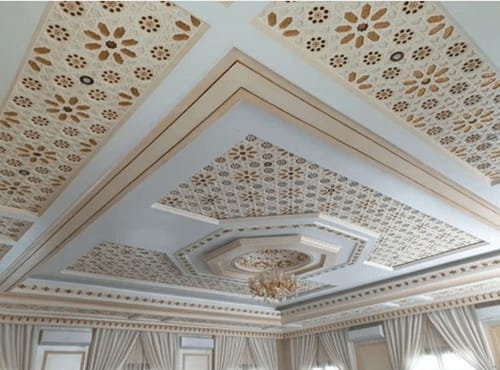
As Morocco continues to modernize, there’s a growing effort to preserve and promote traditional arts. Architectural schools and cultural foundations now teach plaster carving as part of national heritage education.
Modern architects also integrate this art into hotels, riads, and cultural centers, blending ancient motifs with contemporary design. This fusion keeps the craft relevant and ensures that new generations continue to honor their roots.
So, while technology reshapes Morocco’s skyline, the beauty of hand-carved plaster still graces its walls — a symbol that true art never fades.
FAQ – The Art of Moroccan Plaster Carving
What is Moroccan plaster carving?
It’s a traditional Moroccan art form where artisans carve intricate geometric and floral patterns into wet plaster, used to decorate mosques, palaces, and riads.
Where can I see Moroccan plaster carving?
You can admire it in Marrakech (Bahia Palace, Ben Youssef Madrasa), Fes (Bou Inania Madrasa, Dar Batha Museum), and other cities like Meknes and Rabat.
Can tourists learn plaster carving?
Yes! Many workshops in Marrakech and Fes offer short classes led by local artisans, perfect for travelers interested in Moroccan craftsmanship.
What materials are used in the carving?
Artisans use gypsum plaster, water, and natural pigments, shaping the material with small chisels, knives, and wooden tools.
Why is plaster carving important in Moroccan culture?
It reflects Morocco’s Islamic artistic traditions, emphasizing symmetry, unity, and spirituality through handcrafted design.
Conclusion
The Art of Moroccan Plaster Carving is a story of endurance, creativity, and devotion. Born from earth and shaped by human hands, it transforms blank walls into timeless poetry.
When you walk through the corridors of a Moroccan riad or gaze at the ornate arches of an ancient madrasa, take a moment to look closer. Behind every pattern is an artisan’s soul — chiseling beauty out of silence, turning simplicity into splendor.
Whether you’re an art enthusiast, a traveler, or someone seeking inspiration, Morocco invites you to witness this masterpiece of craftsmanship — where geometry meets grace, and history lives in every curve.
So pack your curiosity and explore Morocco’s artistic heart. Let the art of Moroccan plaster carving remind you that true beauty is carved by patience, guided by spirit, and preserved by love.

